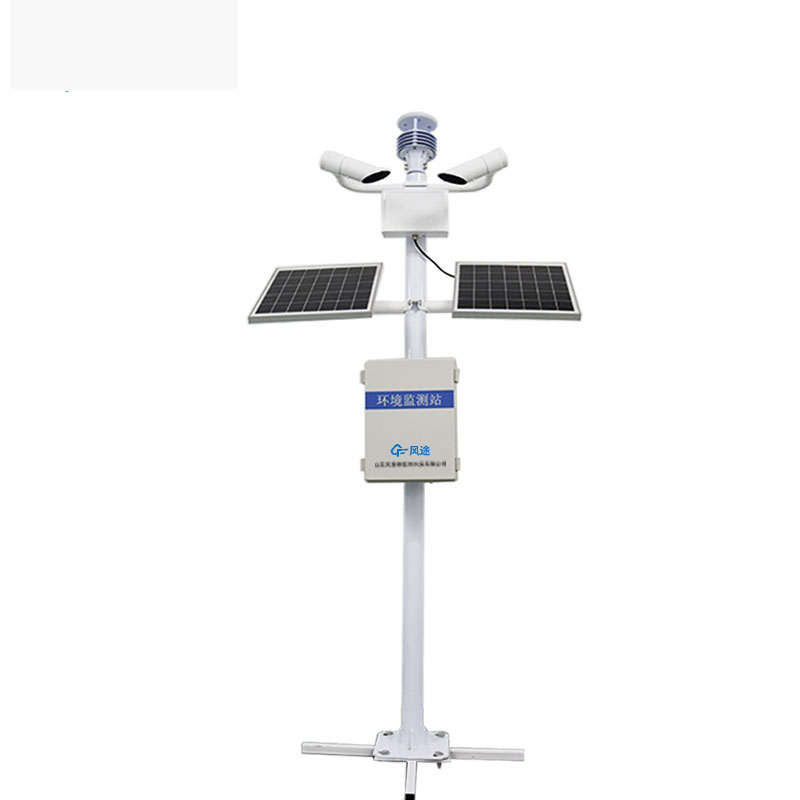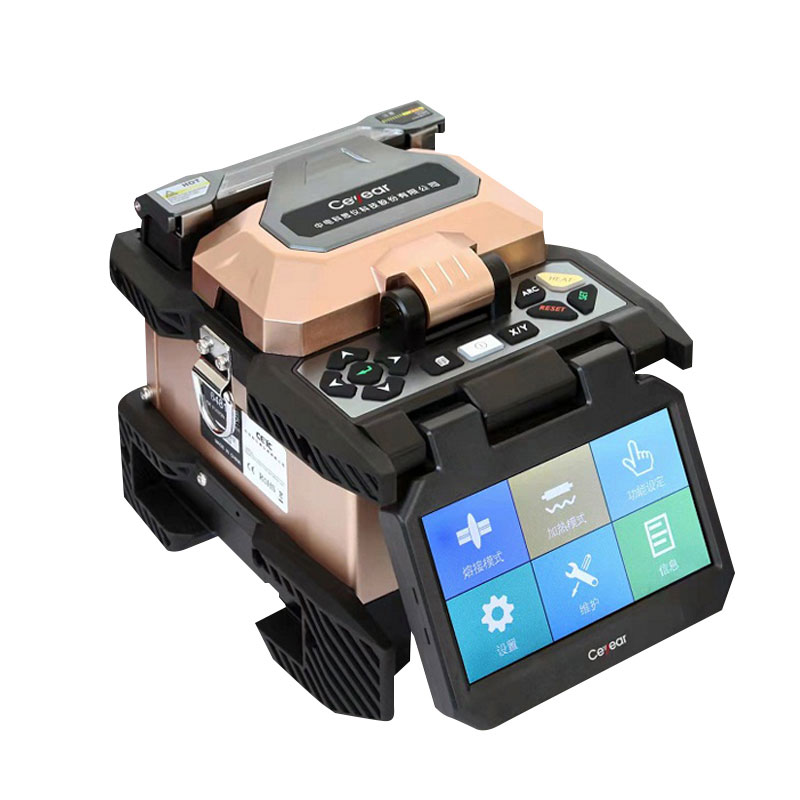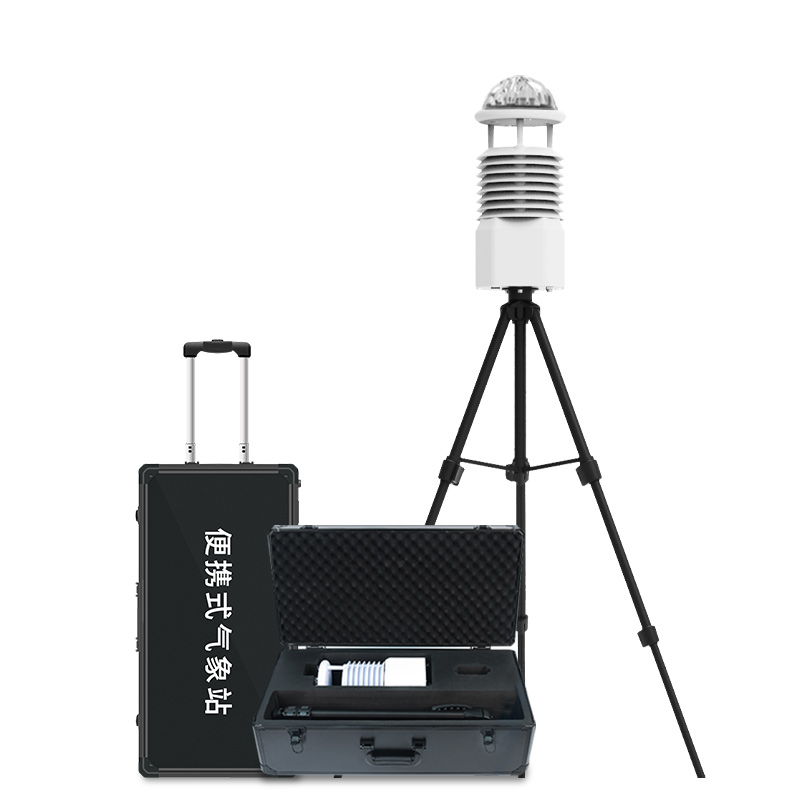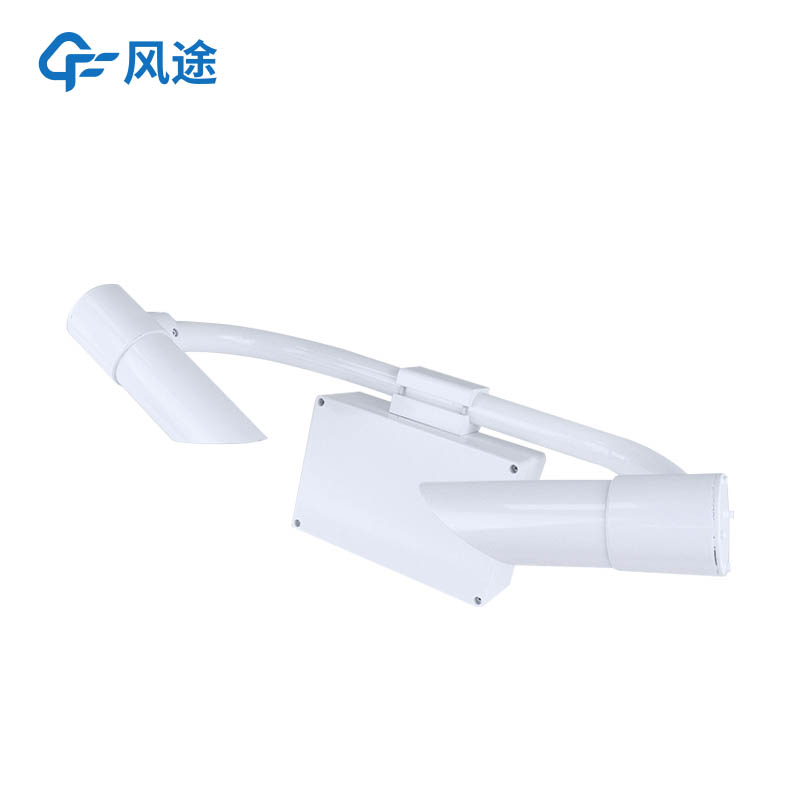Product
Recommended article
- One - Stop Dust Monitoring Solution
- How Forestry Weather Stations Bolster Forest Fire Prevention Efforts
- Discover the Power of Negative Oxygen Ion Monitoring System for Cleaner Air
- Comparative Analysis of Ultrasonic and Automatic Weather Stations in Meteorological Monitoring
- Breaking Through the ‘Last Meter’ with Online Dust Monitoring System
- Mastering Road Conditions with Road Weather Station
Contact us
Shandong Fengtu IOT Technology Co., Ltd
Sales Manager:Ms. Emily Wang
Cel,Whatsapp,Wechat:+86 15898932201
Email:info@fengtutec.com
Add:No. 155 Optoelectronic Industry Accelerator, Gaoxin District, Weifang, Shandong, China
What are air quality monitoring stations?
Article source:Weather station time:2024-06-06 08:51:06 viewed:46times
Air quality monitoring stations, often referred to simply as air stations, have the primary task of monitoring the atmosphere and airborne pollutants. These stations are capable of collecting, measuring and analysing harmful substances in the air on a regular, continuous or timed basis.
In order to monitor air quality comprehensively, environmentally focused cities usually deploy multiple air stations. Each station is equipped with multi-parameter monitoring instruments capable of automatic continuous monitoring. These instruments automatically record monitoring data and provide critical environmental data through real-time analyses.
The establishment and operation of air stations provide important air quality information to environmental protection authorities, helping them to keep abreast of the pollution situation, assess air quality and take necessary measures to improve and protect the environment.
Given the vast geographical area of the country and the limitations of fixed monitoring sites, standard and small monitoring stations are inadequate for comprehensive monitoring of air quality in small areas. At the same time, the relatively high cost of setting up standard and small stations and the economic pressure to achieve gridded air quality monitoring have led to the emergence of gridded micro air monitoring stations.
Such micro-monitoring stations mainly use diffusive or pump-suction sampling methods and employ multi-sensor information fusion techniques for air quality analysis. A calibration system may also be integrated within the system to ensure data accuracy. Compared to large monitoring sites, micro-monitoring stations are more focused on capturing trends in air quality changes and perform an early warning function to help identify and respond to potential air quality problems in a timely manner.
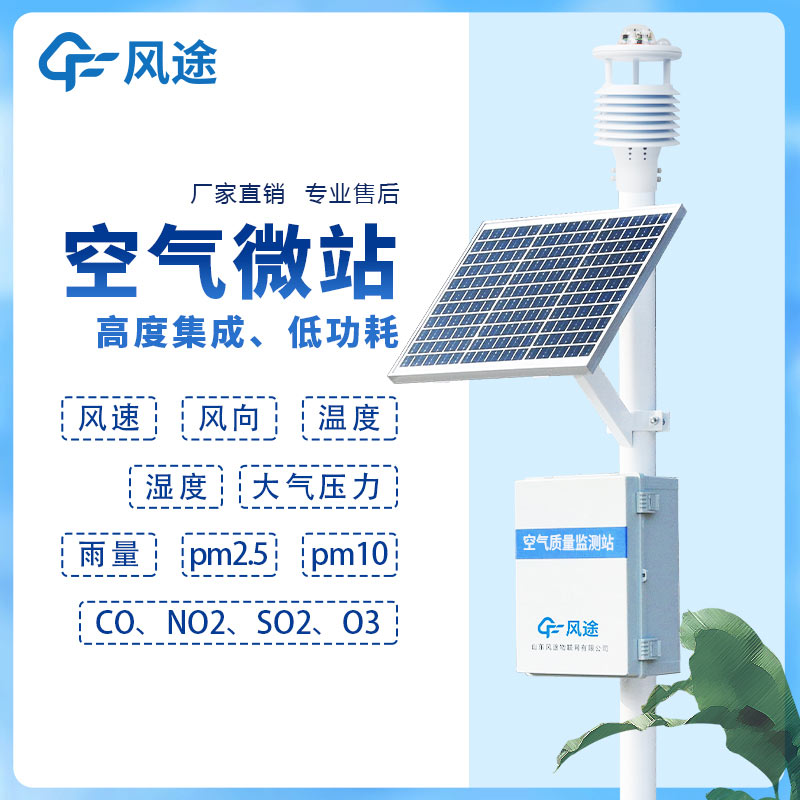
This paper addresses:https://www.yf182.com/industry/394.html
Related products
Related article
-
The Link between Weather and Forest Fires: Unveiled by Forestry Weather Station
2024-10-14 -
Small meteorological monitoring stations for agriculture
2024-07-09 -
Portable Weather Station: Your Pocket-Sized Environmental Companion
2024-11-07 -
Scenic Weather Station: Empowering Tourism with Meteorological Resources
2024-09-26 -
Substation micrometeorological environment monitoring
2024-06-18 -
Vehicle-Mount Weather Station: Bridging the Gaps in Environmental Monitoring Networks
2024-12-17 -
Fengtu Dust Detector: An Effective Tool for Dust pollution control
2024-12-30 -
This is a small weather station that works well ......
2024-02-29


